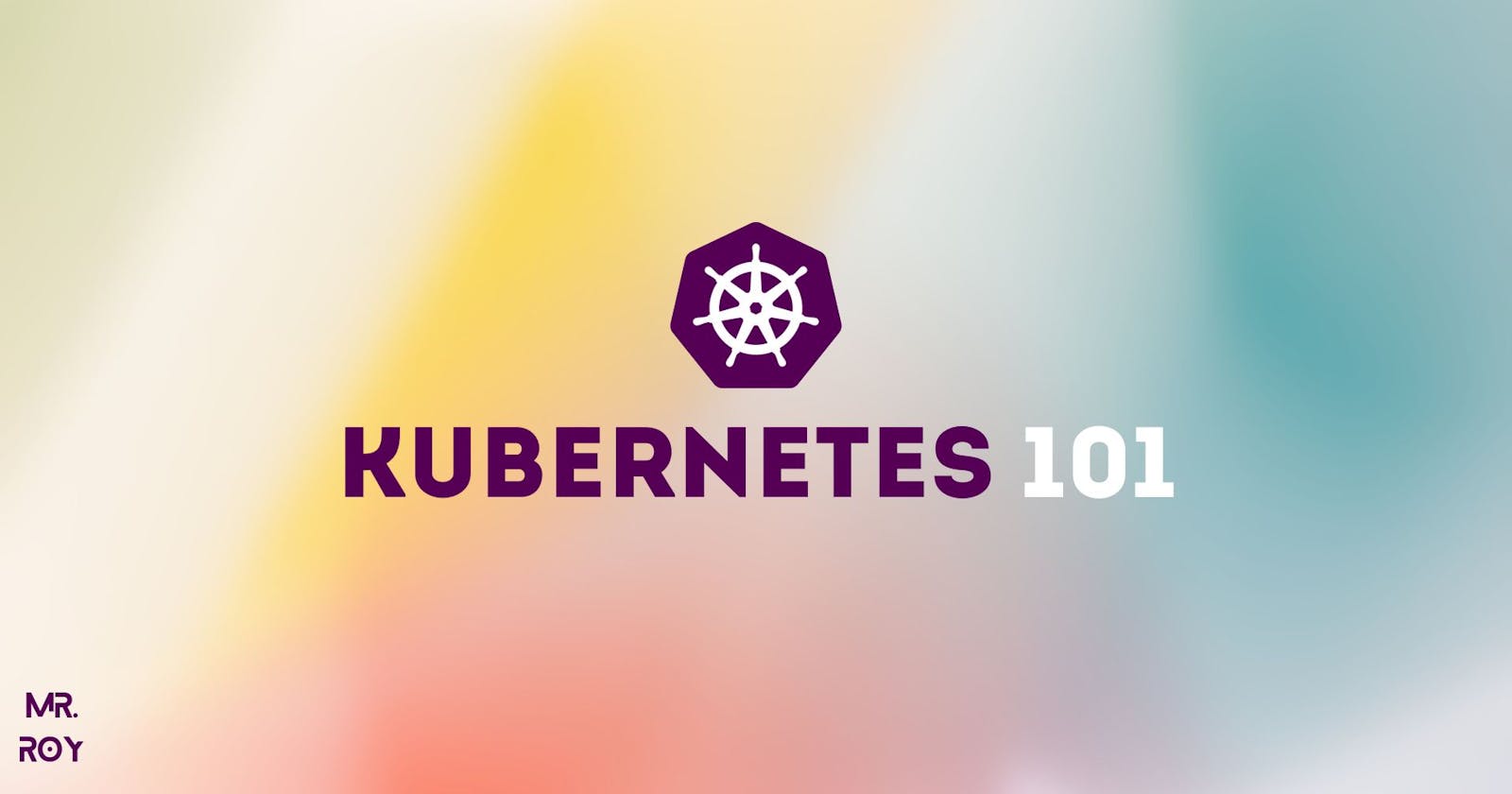PermalinkWhat is Kubernetes?
Kubernetes is an open source container orchestration engine for automating deployment, scaling, and management of containerized applications. The open source project is hosted by the Cloud Native Computing Foundation (CNCF).
Reference: Link
Kubernetes often abbreviated as K8s, was originally developed by Google.
PermalinkK8s Key Features

💠Container Orchestration
In computing and software engineering, orchestration is the automated coordination and management of multiple tasks or components to achieve a specific goal.
Kubernetes automates the deployment, scaling, and management of containerized applications, allowing users to focus on building and running their applications rather than managing the underlying infrastructure.
💠Service Discovery and Load Balancing
Kubernetes provides built-in mechanisms for service discovery and load balancing, allowing applications to easily communicate with each other and distribute incoming traffic across multiple instances of an application.
💠Automatic Scaling
Kubernetes can automatically scale applications based on resource usage or custom metrics, ensuring that applications have the necessary resources to handle fluctuations in traffic and demand.
💠Self-healing
Kubernetes continuously monitors the health of applications and can automatically restart or reschedule containers that fail or become unresponsive, helping to ensure high availability and reliability.
💠Rolling Updates and Rollbacks
Kubernetes supports rolling updates and rollbacks for applications, allowing users to seamlessly deploy new versions of their applications without downtime and easily revert to previous versions if necessary.
You can find details here.
